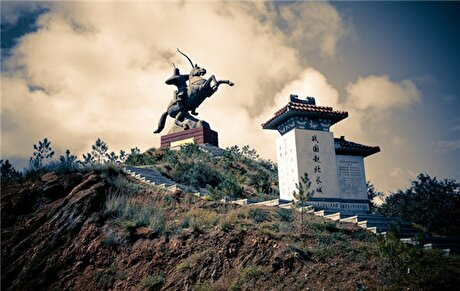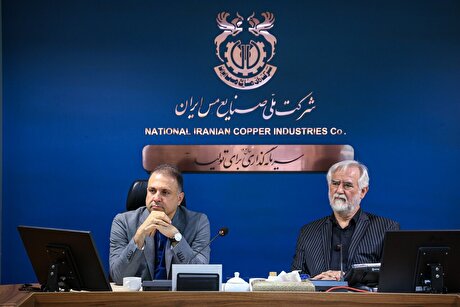
NPC pursuing development of petchem industry in Makran region

Due to the strategic position of Makran, development of the petrochemical industry in this region and creating a petrochemical hub would be a smart move,” Mohammadi said on the sidelines of a visit to the southeastern region.
The official noted that NPC is ready to cooperate in various fields in order to remove obstacles and problems and to facilitate and accelerate the implementation of projects in Makran region.
Iran’s coastal strip of Makran along the Persian Gulf and the Gulf of Oman enjoys the potentials to be the country’s new economic and industrial hub, especially in terms of launching petrochemical and steel complexes.
Lying near the country’s massive gas resources which can be used as feedstock to petrochemical complexes, the stretch has great potentials for the development of the country’s petrochemical industry.
NPC has been providing the necessary infrastructure on Makran coasts to develop the region into Iran’s new hub of the petrochemical industry. It can bring employment in the region and also turn Chabahar, which is the country’s only oceanic port, into an important trade and industrial port of Iran.
The petrochemical industry plays a crucial role in Iran’s non-oil economy, as the petrochemical export is the second-largest source of revenue for the country after crude oil. Petrochemical exports already constitute nearly 33 percent of the country’s non-oil exports.
According to Iranian Oil Minister Bijan Namdar Zanganeh, the country is currently producing nearly 70 million tons of petrochemical products annually.
Back in August 2020, Zanganeh had announced that 27 petrochemical projects worth $17 billion will go operational across the country by March 20, 2021.
By the end of the year, the country's petrochemical production capacity will be increased by 25 million tons per year, the minister had stated.
"One of the most important tasks of the petrochemical industry is to prevent the sale of raw materials by completing the value chain in the oil and gas industry, as well as supplying downstream feedstock for the domestic industries while preventing more than $5 billion in foreign currency from leaving the country annually."


Trump weighs using $2 billion in CHIPS Act funding for critical minerals

Codelco cuts 2025 copper forecast after El Teniente mine collapse

Electra converts debt, launches $30M raise to jumpstart stalled cobalt refinery

Abcourt readies Sleeping Giant mill to pour first gold since 2014

Barrick’s Reko Diq in line for $410M ADB backing

Nevada army depot to serve as base for first US strategic minerals stockpile

Tailings could meet much of US critical mineral demand – study

Viridis unveils 200Mt initial reserve for Brazil rare earth project

SQM boosts lithium supply plans as prices flick higher

Energy Fuels soars on Vulcan Elements partnership

Northern Dynasty sticks to proposal in battle to lift Pebble mine veto

Giustra-backed mining firm teams up with informal miners in Colombia

Critical Metals signs agreement to supply rare earth to US government-funded facility

China extends rare earth controls to imported material

Galan Lithium proceeds with $13M financing for Argentina project

Silver price touches $39 as market weighs rate cut outlook

First Quantum drops plan to sell stakes in Zambia copper mines

Ivanhoe advances Kamoa dewatering plan, plans forecasts

Texas factory gives Chinese copper firm an edge in tariff war

Energy Fuels soars on Vulcan Elements partnership

Northern Dynasty sticks to proposal in battle to lift Pebble mine veto

Giustra-backed mining firm teams up with informal miners in Colombia

Critical Metals signs agreement to supply rare earth to US government-funded facility

China extends rare earth controls to imported material

Galan Lithium proceeds with $13M financing for Argentina project

Silver price touches $39 as market weighs rate cut outlook

First Quantum drops plan to sell stakes in Zambia copper mines

Ivanhoe advances Kamoa dewatering plan, plans forecasts


















